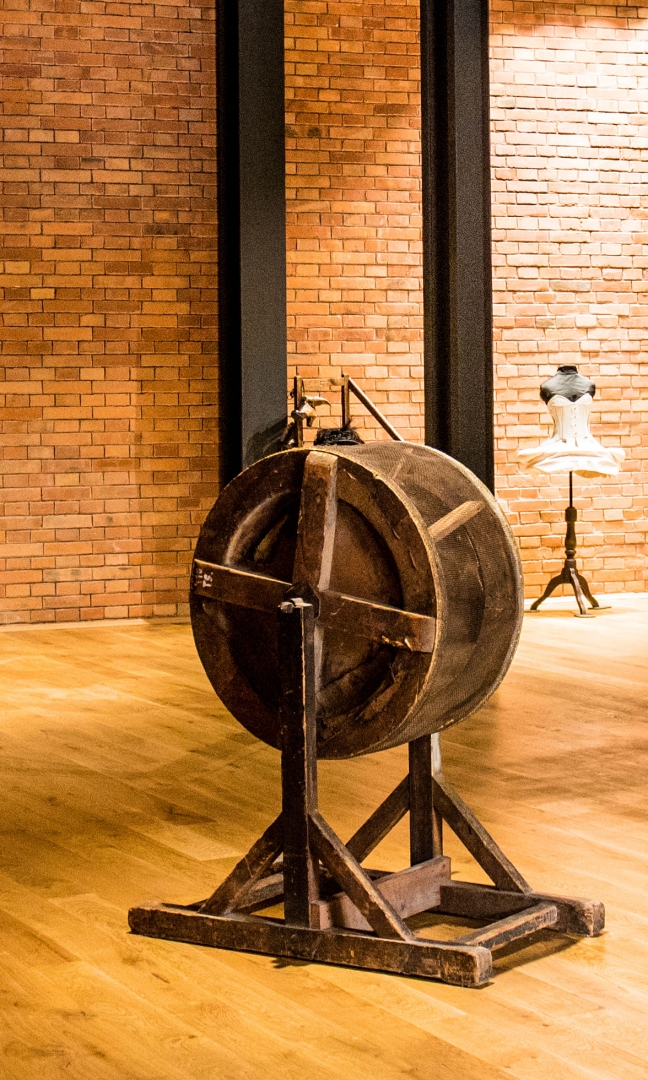Crafts at the Theatre
When the Municipal Theatre opened its doors in 1893, some of the technological solutions were in line with those commonly used in the West (e.g. the presence of a foyer), while others reached into the future with their modernity and were inspired by the latest Western models.
One of the most important innovations was to supply the theatre with electricity from its own power station (the so-called Machine House – currently housing The Miniatura Stage). Some constructional solutions of the building and elements of theatrical machinery, e.g. the trapdoor and batten systems were also very modern. The presentation of theatrical engineering at open curtain during the inaugural play made history. What is interesting is that many of those original devices are still in use. From the very beginning of the Municipal Theatre, the traditional crafts and trades blended with modern technologies. It still remains true today.
Over time, the shape and functionality of technical facilities in theatres underwent numerous changes due to artistic, technical as well as economic reasons. Currently, Polish theatres tend to reduce the number of craftsmen employed as technical staff. Some theatrical professions are beginning to disappear: there are no more furniture-makers, lamp-makers, poster-makers in theatres, and prompters are rarely employed. The responsibilities of a make-up artist have been taken over by theatre hairdressers. Rarely can one meet a milliner, responsible for hats and other headgear, a corset-maker or a shoemaker. Apart from the professions ousted from theatre due to technological and social changes, there is a growing tendency for theatres to hire external companies that prepare decorations, costumes and props.



